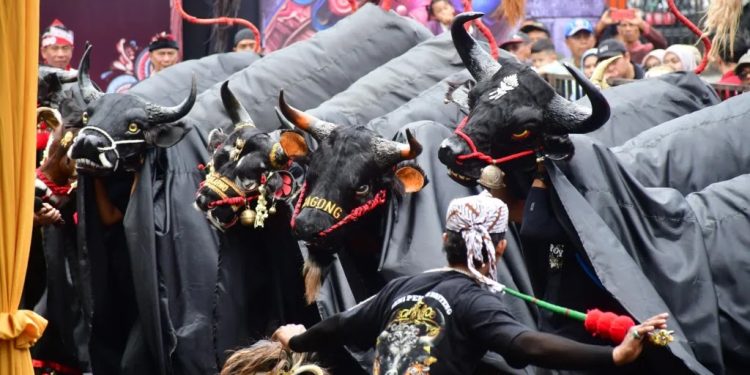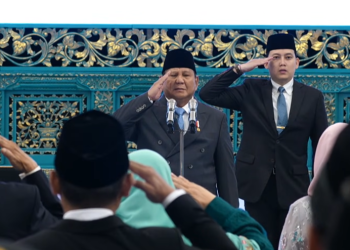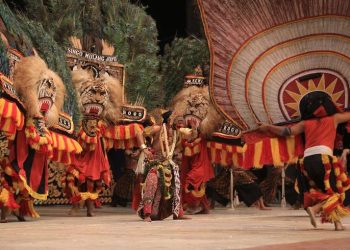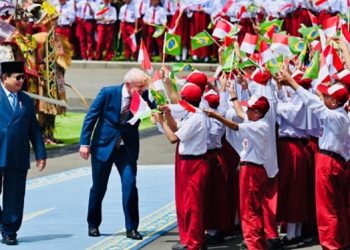Jakarta, Indonesia Sentinel — Bantengan, a captivating traditional performance art from East Java, blending traditional dance, martial arts, music, and chants with a mystical undertone. This cultural tradition has captivate many people as the performer holding the bull’s head enters a trance, believed to be possessed by the ancestral spirit of the bull (Dhanyangan).
Bantengan, which emerged in the 1960s, is rooted in the kebo-keboan tradition of Ponorogo, a ritual believed to ward off misfortune and protect King Paku Buwono II of Surakarta during palace uprisings. Inspired by kebo-keboan, martial artists from Madiun brought the tradition to the mountainous regions of Mojokerto, Malang, and Batu.
Over time, they adapted it by incorporating the image of the bull as a symbol of strength and a reminder of the martial art pencak silat. Up until today, Bantengan thrives in communities near the slopes of iconic mountains like Bromo-Tengger-Semeru, Arjuno-Welirang, Anjasmoro, Kawi, and Raung-Argopuro.
The Performance
Traditional Bantengan performances feature two performers within a bull costume. The front performer controls the bull’s head and leads the dance, while the rear performer follows as the tail.
The costume is crafted from black fabric, genuine bull horns, and a wooden bull’s head mask. begin it accompanied by a rhythmic beats of traditional instruments like gongs and drums, creating a hypnotic atmosphere.
Drake ‘Curse’ Back in Mike Tyson vs Jake Paul Fight, as The Rapper Loses $335,000 Bet
As the performance carried on, the performer slowly enter the trance state, or possession. It begins with the front performer entering an altered state, which often transfers to the rear performer, as they synchronize movements.
The trances of the performers are triggered by specific roles in the performance which had the ability’s to invite ancestral spirits, including the irengan (men dressed in black) and abangan (men dressed in red). Adding to the performance, the macanan or “tiger keeper,” aids in controlling the possessed bull. Dressed in orange-and-yellow-striped attire, the macanan ensures the performance remains safe, particularly if the trance becomes too intense.
Stages of the Ritual
A typical Bantengan performance unfolds in three stages:
- Nyuguh or Sandingan: An opening ritual to invite ancestral spirits.
- The Performance: This includes the karak’an (dance movements) and climaxes with possession (ndadi).
- Nyuwuk: A closing ritual to guide the ancestral spirits back to their origin.
Each stage requires specific preparations and offerings to ensure the ritual’s success.
Communal Spirit and Cultural Significance
Bantengan is inherently a communal performance, reflecting the social nature of bulls that live in herds. This art form promotes values like solidarity, cooperation, and unity among its participants and the broader community.
As a vibrant expression of Javanese culture, Bantengan showcases the region’s deep-rooted traditions and mystical heritage. It serves not only as entertainment but also as a reminder of the collective spirit and resilience of the communities that keep this tradition alive.
(Raidi/Agung)
























